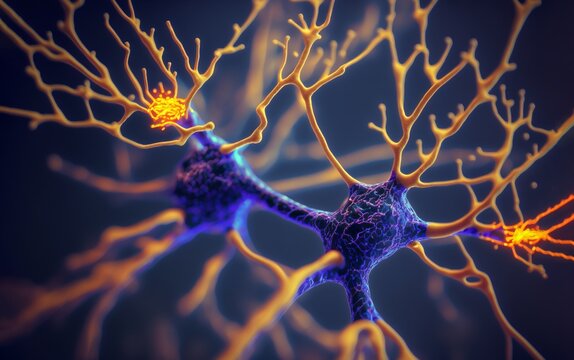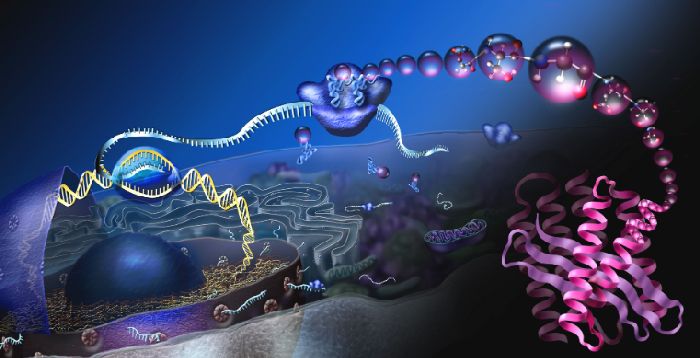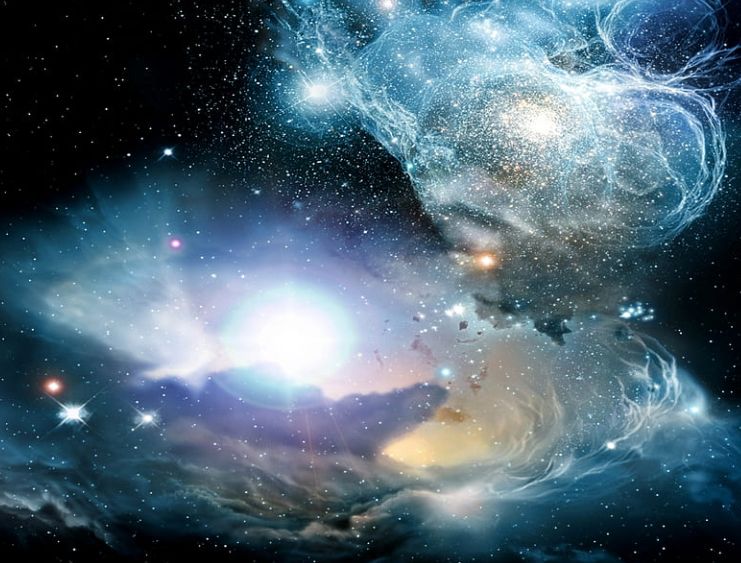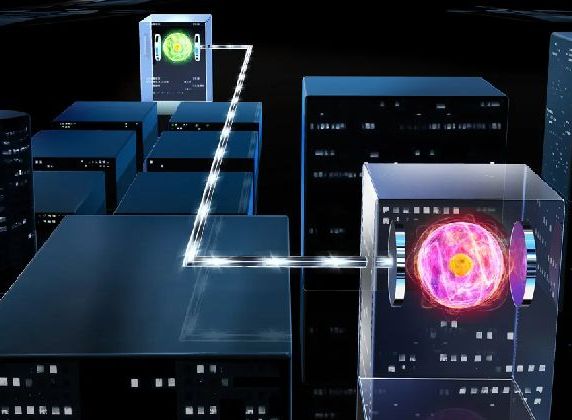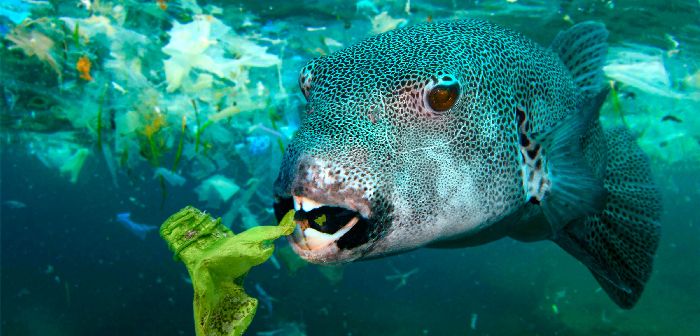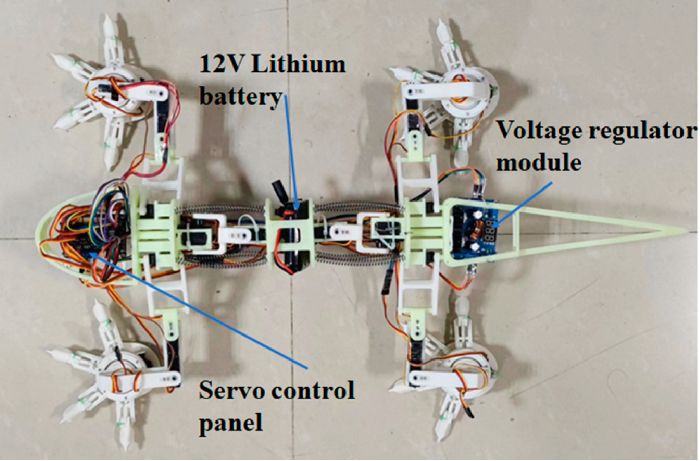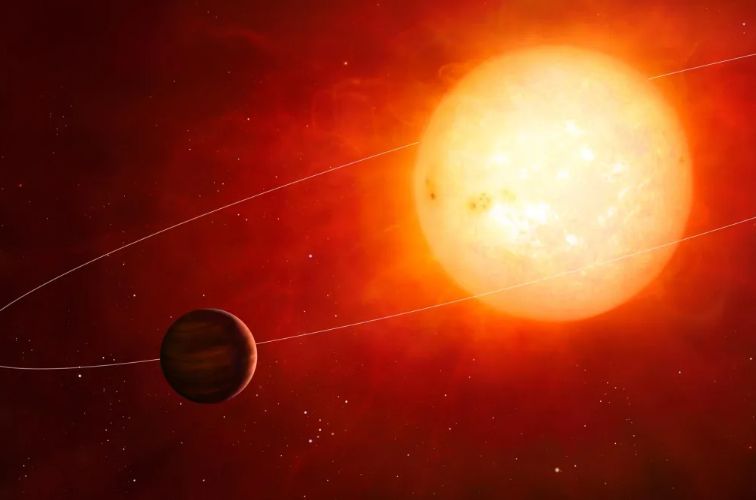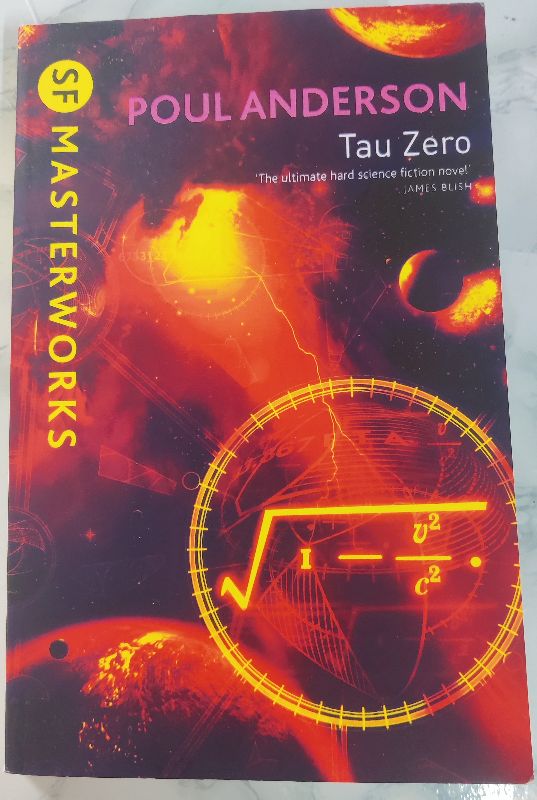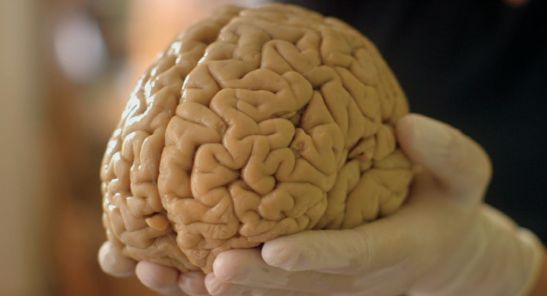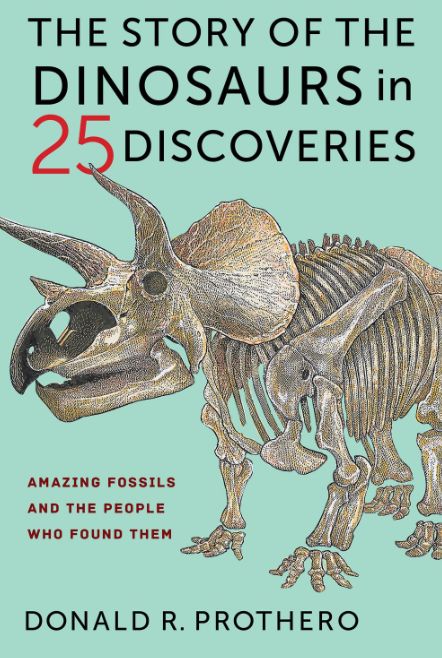Degeneration of brain cells could be a natural aging process. However, destruction or deterioration of brain cells could occur due to a wide range of internal as well as external factors. In general, brain damage refers to significant, undiscriminating trauma-induced damage. Science has tremendously advanced when it comes to health care and disease control. There are new and radical developments in the field of neurology alone. One such progress is brain tissue reconstruction.
Read MoreAuthor: Pooja Kashyap
Book Review: Genius Foods by Max Lugavere
Human brain, is one of the most remarkable developments of evolution. Research has shown that it is capable to develop and adapt throughout our lives. New experiences and environmental changes are instrumental to its ability to reorganize itself by forming new neural connections and pathways. Also called as neural plasticity or brain plasticity. Yet, there are factors that could be detrimental to our brain health. Poor diet, no physical activity, chronic stress, and insufficient sleep are some triggers that can have negative effects on brain function and cognitive performance.
Read MoreExon Junction Complex controls mRNA: RNA Methylation
Our gene expression is regulated by RNA methylation. Same process also affects various cellular processes like differentiation and development. Lately, University of Chicago researchers, led by Chuan He, have uncovered new insights into how genes work by solving a long-standing mystery related to RNA methylation. Researchers in Chuan He’s lab have been studying RNA methylation and its potential impact on human health for over a decade.
Read MoreBook Review: Wholeness and the Implicate Order by David Bohm
Our perception of the reality is not whole rather it is fragmented, this is the essence of Bohm’s Wholeness and the Implicate Order. David Bohm was a theoretical physicist who made significant contributions to the field of quantum mechanics. He was known for his causal and nonlocal interpretation of quantum mechanics, which challenged traditional views of the subject. He was also known for his work in other areas of physics and philosophy, including the concept of “implicate order” and his contributions to the understanding of the relationship between consciousness and…
Read MoreStellar Nurseries Hotbed of Chemical Activity: Star Formation
Astronomers have discovered a potential key step in the chemical process that occurs in “stellar nurseries,” which are clouds of gas and dust in space that eventually form young stars and planets.
Read MorePlatform for Building Quantum Networks: Entanglement of Trapped-ion
The researchers at the University of Innsbruck and the Université Paris-Saclay have developed a method for linking multiple quantum systems by trapping atoms in optical cavities. And then transferring the quantum information to light particles which can then be sent through optical fibers. They have successfully entangled two trapped ions located more than a few meters apart for the first time.
Read MoreTwo/Quasi 2D Perovskite Heterostructures: Optoelectronic Innovation
Two-dimensional perovskite materials have unique properties that make them attractive candidates for use in next-generation optoelectronic devices, such as photovoltaic solar cells, LEDs, and photodetectors.
Read MoreMicroplastics Aggravate Severity of Disease: Fish Mortality
Recent study has shown that the presence of microplastics can increase the severity of a viral fish disease. This highlights that microplastics not only pose serious threats to ecosystem and human health, but also to aquatic organisms.
Read MoreLizard Inspired Four-legged Robot: Biomimicry
Technological advancement has opened-up exciting possibilities for research in space and celestial bodies beyond the Earth’s atmosphere. The use of robots in space exploration has greatly increased our understanding of other planets, especially Mars, and its possibility for supporting life. The exploration of Mars and its surface for extra-terrestrial life has always been a fascinating undertaking for astronomers. Additionally, the discovery of resources on Mars, such as water and minerals, could be an asset in future human missions.
Read MoreGas Entrapping Materials to Mitigate Tumor Hypoxia: GeM Technology
Cancer treatments such as radiotherapy and chemotherapy have been shown to be less effective when exposed to a hypoxic environment. In fact, low oxygen levels in tumors can also escalate disease progression. Hyperbaric oxygen therapy and microbubble infusion are the two techniques through which oxygen levels in tumors can be increased to improve treatment outcomes.
Read MoreTwo Earth sized Planets Orbit a Red-dwarf: GJ 1002 System
In an international collaboration between astronomers, two planets orbiting a red-dwarf star have been identified. The planets, GJ 1002 b and c, are 16 light-years away and about the size of Earth. Both lie within the star’s habitable zone. Which means, the orbital distance is enough to allow liquid water to form on the surface provided it has the right kind of atmosphere.
Read MoreBook Review: Tau Zero by Poul Anderson
My favourite thought experiment is the notion that as an individual approaches the speed of light, time slows down. Now let’s extrapolate it to Big Crunch scenario. What if an individual travel at the speed of light and reaches the end of universe? According to Russian Physicist Alexander Friedmann, end of the universe depends on its density. Therefore, universe cannot stay stable for ever, it could either expand or contract. Gravity, with the help of matter, could slow down the expansion, then stop, and ultimately reverse it. Everything collapses within…
Read MoreBook Review: The Brain by Dr. David Eagleman
Dr. David Eagleman is a neuroscientist at Stanford, NYT bestselling author, Writer/Host of THE BRAIN on PBS, and the list continues. After listening to his podcasts and TED talks, I decided to pick-up one book from his vault – The Brain: The Story of You. The book is an interesting read and at some points, quite an eye opener. Here, Dr. Eagleman reviews how the human brain develops and make sense of the data that it receives from sensory systems. We are built to perceive only thin slice of perception,…
Read MoreBook Review: The Story of the Dinosaurs in 25 Discoveries by Donald R. Prothero
Since the origin of life in 3.5 billion years ago, hundreds of millions of species might have lived on planet earth. Most of those are extinct by now. In his exceptional book, The Story of the Dinosaurs in 25 Discoveries: Amazing Fossils and the People Who Found Them, Donald R. Prothero has tried to surface those species that led to the landmarks in evolution. The idea was to signify evolutionary transition from one group to another. An interesting read for those who are looking for history of dinosaur science. Very…
Read MoreVitamin D Deficiency Associated with Melanoma: Skin and Bone Health
Vitamin D plays an important role in regulating normal function of human body. It helps the body to absorb and retain calcium and phosphorus, which are critical for building bone. In addition, it also helps in boosting energy levels. Epidemiological studies too, have shown that Vit-D deficiency is closely associated with common chronic diseases such as bone metabolic disorders, tumors, cardiovascular diseases, and diabetes. In addition, similar corelation between vitamin D and skin cancers have also been investigated.
Read More
